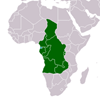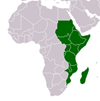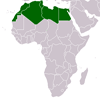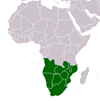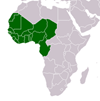Cathodoluminescence investigations on quartz cement in the sandstones of Khabour Formation from Iraqi Kurdistan Region, Northern Iraq
Cathodoluminescence investigations on quartz cement in the sandstones of Khabour Formation from Iraqi Kurdistan Region, Northern Iraq
The Ordovician deltaic to shallow marine Khabour Formation in Northern Iraq consists mainly of sandstone with minor siltstone and interbedded shale. The sandstones are pervasively cemented by quartz that resulted in very little preserved primary porosity. Cathodoluminescence and petrographic studies showed that the silica cementation occurred in five successive phases which can be distinguished by their luminescence pattern. The precipitations of two phases have predated the major compaction process while the other phases are younger. The successive phases represent a sequence of changes in silica supply which were classified as very early and early, derived from dissolved biogenic silica that precipitated as opal/microquartz, possibly pre-compactional and of non-luminescent quartz overgrowth type. This was followed by phases whose silica supply derived from pressure solution of quartz, dissolution of feldspar, and hydrothermal fluids related to major thrust fault event. These successive quartz cement phases showed an increase in luminescence and the development of complicated zonation pattern in late-stage quartz cementation.
CITATION: Omer, Muhamed F.. Cathodoluminescence investigations on quartz cement in the sandstones of Khabour Formation from Iraqi Kurdistan Region, Northern Iraq . : Elsevier , 2014. Journal of African Earth Sciences, Vol 91, March 2014, pp. 44-54 - Available at: https://library.au.int/frcathodoluminescence-investigations-quartz-cement-sandstones-khabour-formation-iraqi-kurdistan-regi-2

